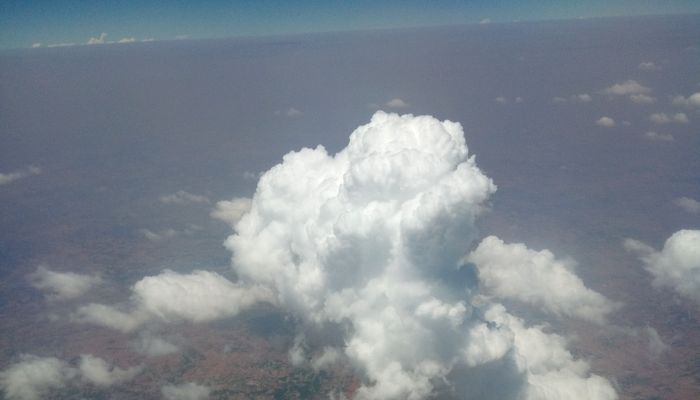
The states with coastlines along the Bay of Bengal have been anxiously watching the unfolding of the giant movements of wind, sea moisture and pressure which is now called Cyclone Amphan.
Once that cyclonic threat has played itself out – and until it does Odisha, West Bengal and Assam will be on high alert – the countdown to normal rains will resume.
On 15 April, the India Meteorological Department (IMD) issued its customary first phase long range forecast for the south-west monsoon. And the primary take-away was: “South-west monsoon seasonal (June to September) rainfall over the country as a whole is likely to be normal (96-104%).”
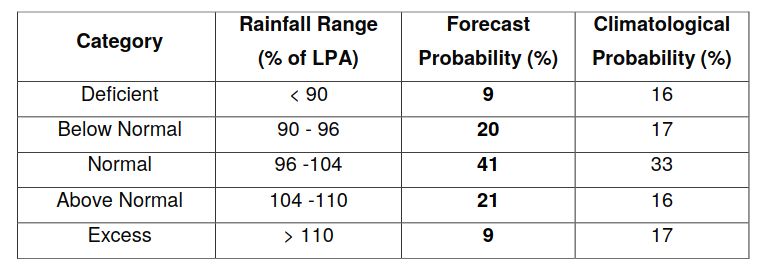
Quantitatively, said the IMD, the monsoon seasonal (June to September) rainfall is likely to be 100% of the Long Period Average (LPA) with a model error of ± 5%. The LPA of the season rainfall over the country as a whole for the period 1961-2010 is 88cm.
IMD’s forecast based on the Monsoon Mission Coupled Forecasting System (MMCFS) uses atmospheric and oceanic initial conditions during March 2020. The forecast was computed as the average of 51 ensemble members. The forecast based on the MMCFS suggests that there is a high probability (70%) for 2020 monsoon rainfall to be above normal to excess (more than 104% of LPA).


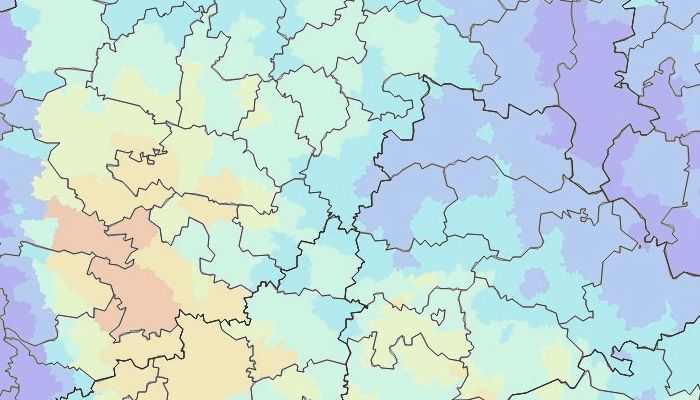
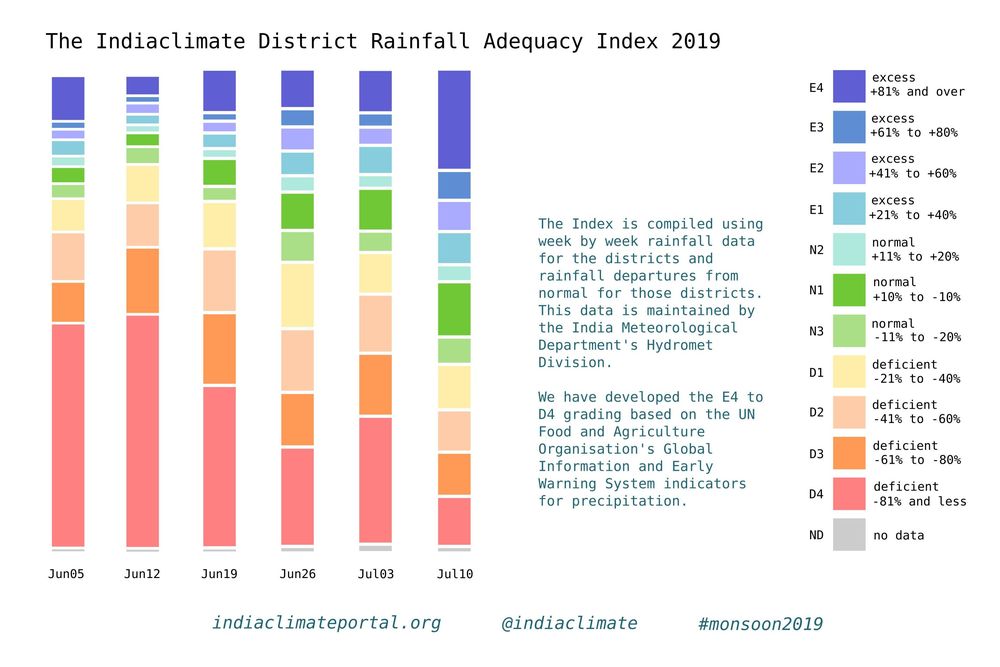
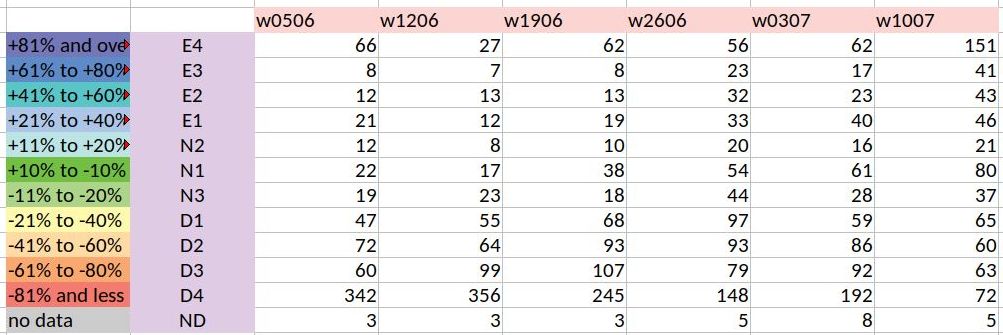
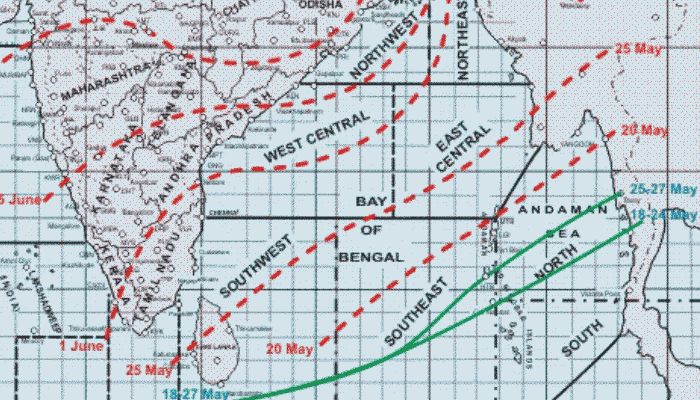
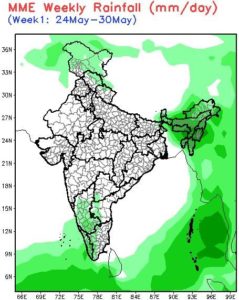
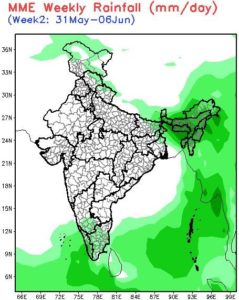
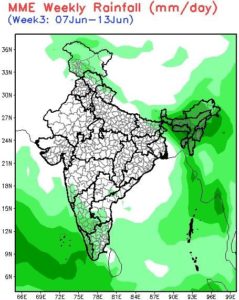
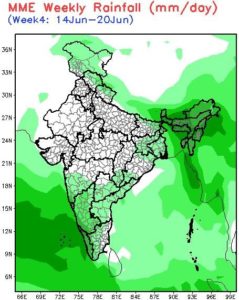
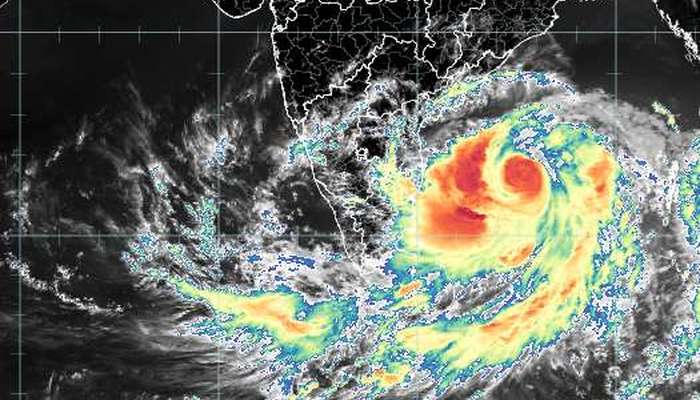
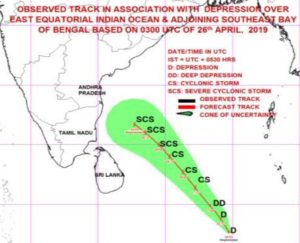 It is already intensifying into a depression over the East Equatorial Indian Ocean and adjoining central parts of the southern Bay of Bengal and will further intensify into a cyclonic storm. Thereafter the storm is forecast to move north-westwards along and off the east coast of Sri Lanka near the north Tamil Nadu coast on 30 April.
It is already intensifying into a depression over the East Equatorial Indian Ocean and adjoining central parts of the southern Bay of Bengal and will further intensify into a cyclonic storm. Thereafter the storm is forecast to move north-westwards along and off the east coast of Sri Lanka near the north Tamil Nadu coast on 30 April. Thereafter 80-90 kmph gusting to 100 kmph over the south-west Bay of Bengal and adjoining Equatorial Indian Ocean and along and off the Sri Lankan coast on 28 April and 90-100 kmph gusting to 115 kmph over the south-west Bay of Bengal, along and off the Sri Lankan coast and off the Tamil Nadu and Puducherry coast on 29 April. The sea condition will be very rough in all these areas.
Thereafter 80-90 kmph gusting to 100 kmph over the south-west Bay of Bengal and adjoining Equatorial Indian Ocean and along and off the Sri Lankan coast on 28 April and 90-100 kmph gusting to 115 kmph over the south-west Bay of Bengal, along and off the Sri Lankan coast and off the Tamil Nadu and Puducherry coast on 29 April. The sea condition will be very rough in all these areas.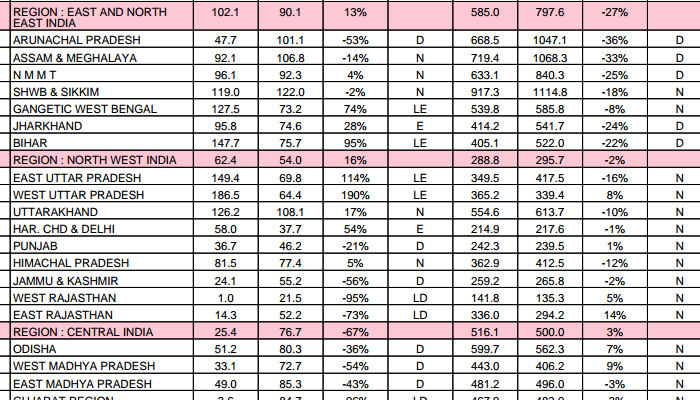


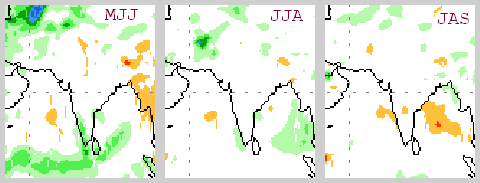

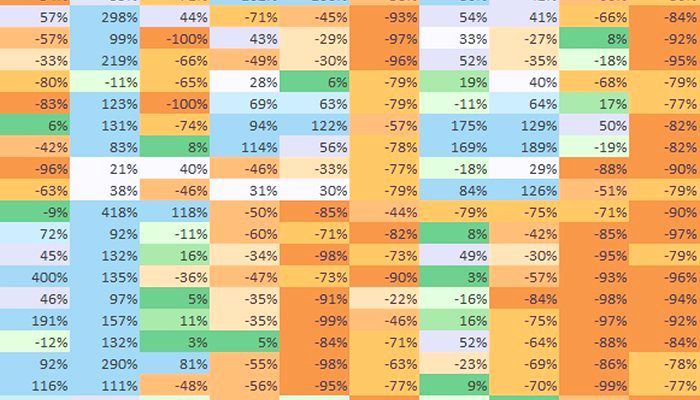
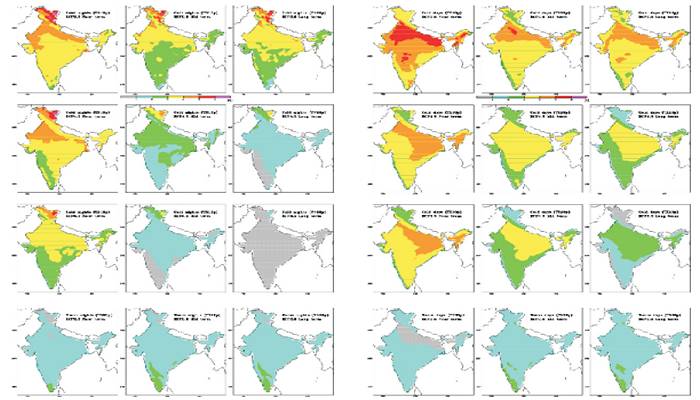
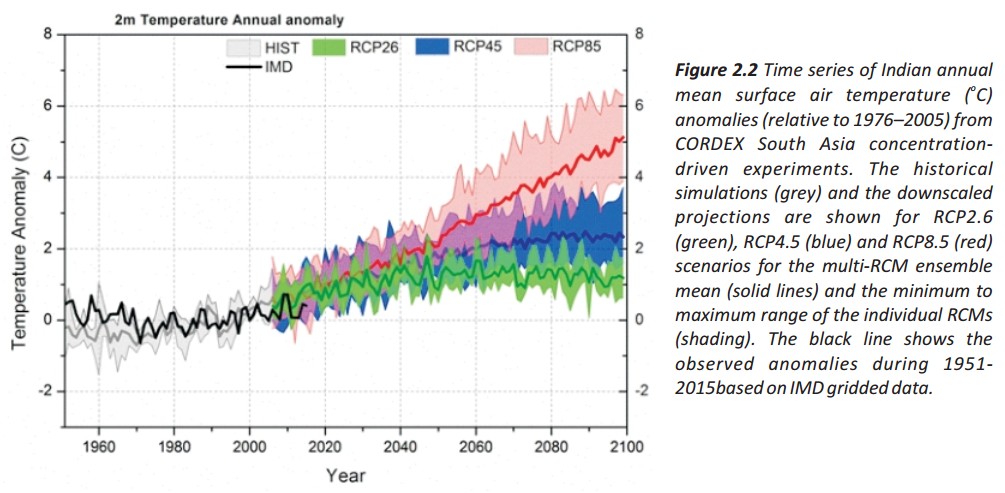
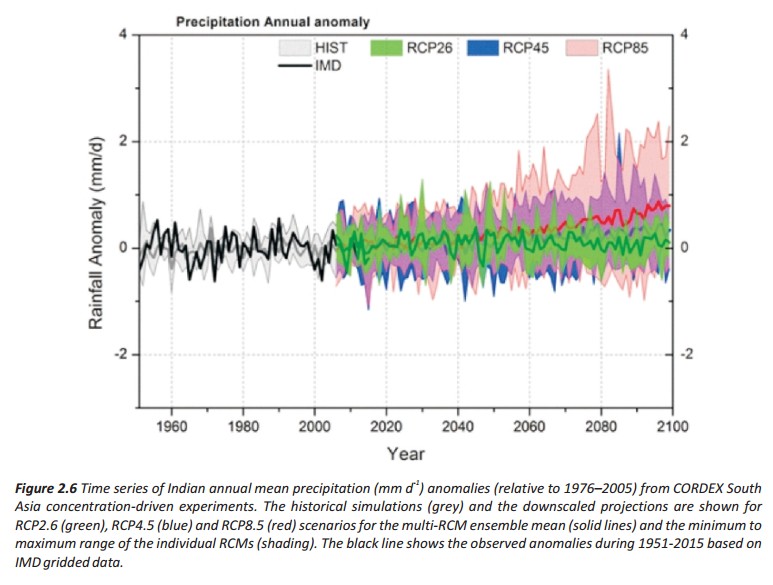 ⊗ Monthly increase in all India mean surface air temperature based on REA estimate is relatively higher during winter months than in the summer monsoon months throughout the 21st century under the three RCP scenarios.
⊗ Monthly increase in all India mean surface air temperature based on REA estimate is relatively higher during winter months than in the summer monsoon months throughout the 21st century under the three RCP scenarios.